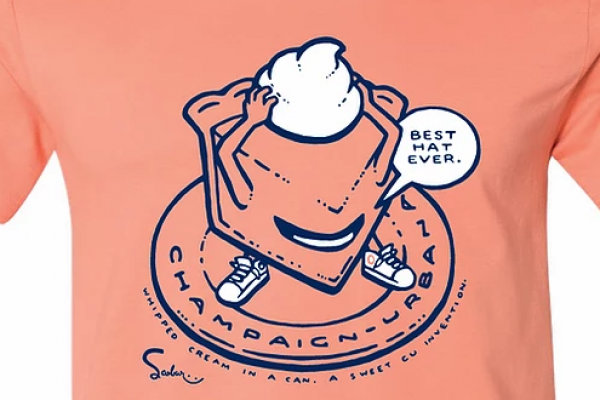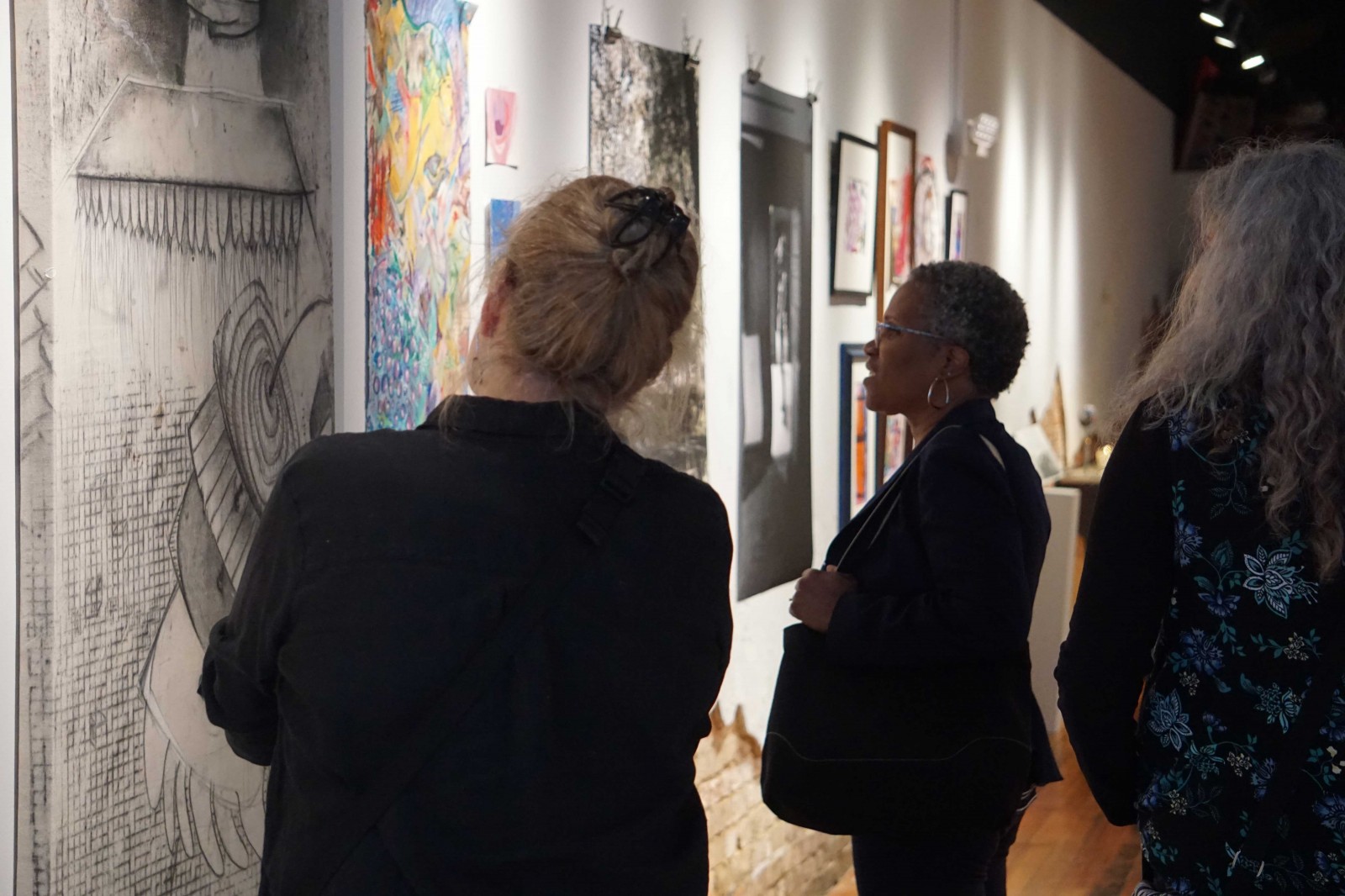Using Whip Cream in a Can This Thanksgiving? Thank Champaign-Urbana

Everyone does Thanksgiving a little differently. We have our favorite main dishes, sides, and desserts. The latter often call for just a little dollop of whipped cream on top. There's no easier way to get just the right amount than whipped cream in a can. If you're topping a slice of pie or hot cocoa this Thanksgiving with whipped cream in a can, you can thank Chambana and the inventor who made it possible, Charles Getz.
Using whip cream in a can this Thanksgiving? you can thank chambana

According to the University of Illinois Archives, Charles A. Getz made whipped cream in a can possible. Earning three degrees during his time in Champaign-Urbana (B.S., M.S., Ph.D., 1932, 1934, 1938), Getz was a graduate student in chemistry when he developed the technology to instantly apply whipped cream via machine.
Getz uses the instant cream whip machine in the photo above using some creativity. The machine took milk infused with pressurized carbon dioxide to create foam He experimented with this principle on cream and began using nitrous oxide because it did not alter the taste of the product like carbon dioxide.
This led to the development of artificial whipped cream from a can. His patented method was used by Prof. G. Frederick Smith to create Instantwhip Foods. The company, founded in 1934, still exists today as an international manufacturer and distributor of fine dairy and non-dairy refrigerated food products to the foodservice and bakery industry.
grab some whipped cream gear and show that you're chambana proud!

At the Chambana Proud store, you can find a Whipped Cream shirt to celebrate this delicious invention's hometown. Likewise, you can find many more fun designs on t-shirts. including the inventions of sweetcorn, the first internet browser, and more! They make wonderful gifts and truly, you won't find a softer, more comfy shirt in your closet. Happy Thanksgiving!
T-Shirt Artist: Scobar
Getz Image: "Charles Getz and the Instant Cream Whip Machine" via University of Illinois Archives

